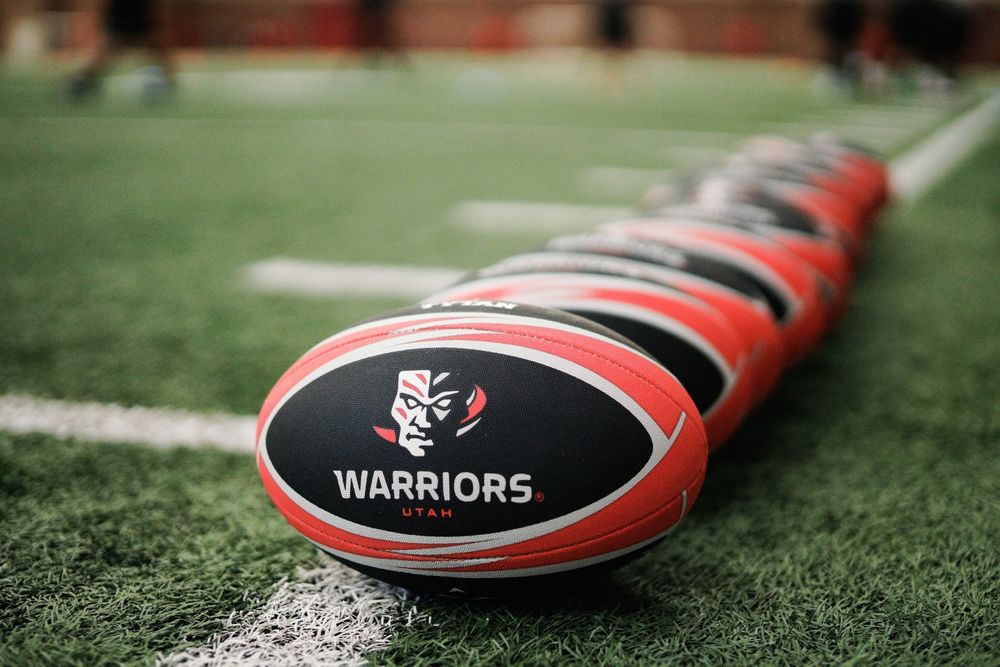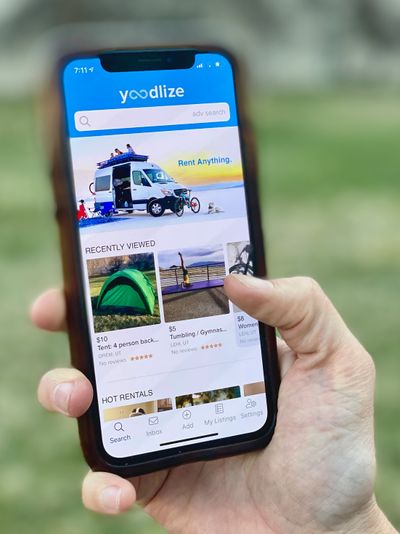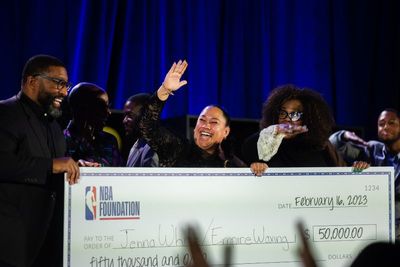This article appears in the Fall 2018 issue of Silicon Slopes Magazine.
Written by Kimball Kjar, CEO, Utah Warriors
In 2012, I sat in the café area at Granatos in Salt Lake City. I was pitching an idea to an assistant city manager about using rugby to rebrand the city’s identity and to improve the economic impact by bringing more sporting events to the city.
This city was keen to pursue the concept. We got far enough in the conversation that we were discussing possible sites for stadiums and other facilities plans. But in the end, we weren’t able to make the concept meet the political needs that a concept like this would require.
Later in 2015, rumblings in the American rugby community began to talk about a new domestic professional rugby league, but no one had many details. Eventually, as quickly as this new league (coyly dubbed PRO Rugby) appeared, it vanished by the early summer of 2016.
For decades the international sports community, and above all the international rugby community, have called the USA the “sleeping giant” of world rugby. And as both a rugby enthusiast and entrepreneur, it’s something that has been on my radar.
Rugby is one of the world’s largest participated-in and most-viewed sports. And Utah’s connection with rugby is unique — it’s multi-generational and is a part of our cultural genetics with Highland Rugby, BYU and Utah’s successful national championship rugby teams, our rich Polynesian community, and has youth participation in the sport that is second in the nation.
So as we and others recognized that the “sleeping giant” was beginning to rustle from its slumber, it was important for us to make sure Utah wasn’t left behind from this forthcoming tidal wave of commercial and professional growth.
And that’s where Major League Rugby (MLR) and the Utah Warriors came in.
Meetings with like-minded ownership groups over the course of the winter of 2015 and the spring of 2016 eventually led to the formal charter of Major League Rugby in the fall of 2016.
The MLR is modeled after the successful single-entity business structure of Major League Soccer. In essence, the teams own the league and the players are all centrally-managed by the league.
Creating a league that hopefully cracks the code of sustainable and scalable professional rugby in America is (and was) one thing, but building a local team to be a part of that was a whole other bundle of fun.
Professional sports leagues and teams take capital — lots of it. And Investors wouldn’t buy into the vision of a local professional sports team without the companion investment pathway of the league — you don’t have a team without the league and vice versa.
Pitching a sports investment isn’t like anything I’ve pitched or done before. Most investors want to know EBITDA and profitability timelines, but with a new professional sports team and sports league, telling people this was (and is) unlikely to turn a profit soon doesn’t sit well when contrasted against their other investment options.
In the end, the Utah Warriors have built a solid base of partners and financial support to ensure that we can have the runway to achieve our goal of making Utah the North American epicenter for professional rugby.
Despite a 2018 overall record that wasn’t ideal at 4-8, the Warriors laid a solid foundation on the field and had the following successes:
- Averaged 4,678 attendance per game in 2018
- Set domestic professional rugby game attendance record: 9,186 (March 30, 2018)
- Launch of the members-only club called the Warriors XV
- Four Utah Warriors added to the 1st and 2nd All-MLR Teams:
- 1st All-MLR Team: Paul Lasike and Tonata Lauti
- 2nd All-MLR Team: Matt Jensen and Alex Tucci
- MLR #1 scoring team during the regular season
- MLR #1 try-scoring team during the regular season
- Warrior Tonata Lauti finishing as the MLR Top Try-Scorer for the inaugural season
- A semifinal appearance in our first year of competition in the MLR
One MLR season is down. With expansion teams coming into the fold for 2019, the future for the MLR and the Warriors is this: wake the “sleeping giant” to the economic and cultural benefit of the USA and in turn, for our great state of Utah.






